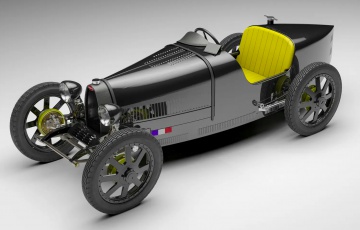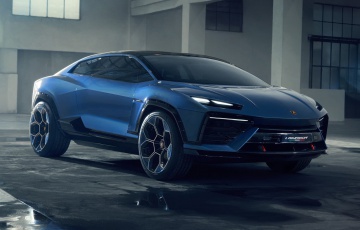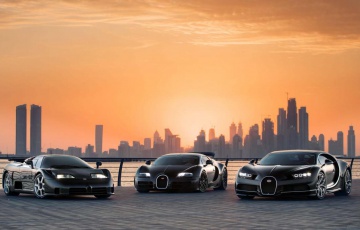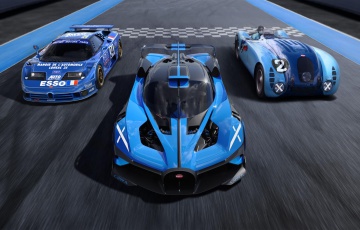Bugatti and Rimac: how will it actually work?
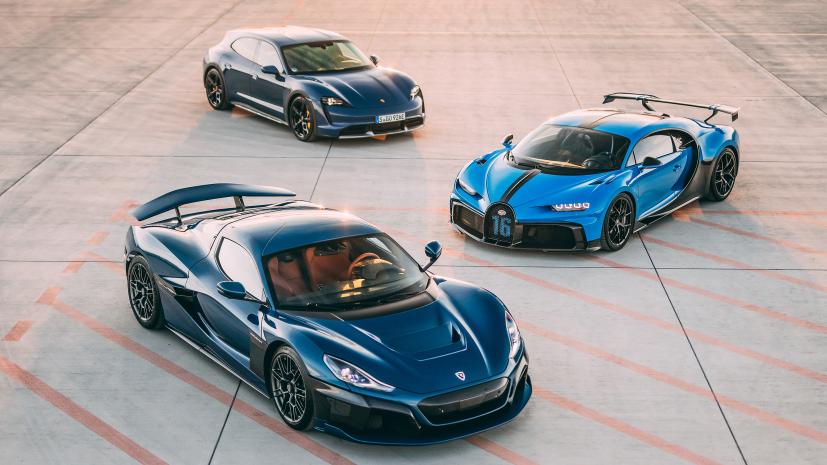
Does this mean all future Bugattis will be pure electric?
In a word… no. Let’s just hand this one over to Mate Rimac, who articulated his plans in surprising detail in a press conference following The Big Announcement.
“What people expect is for us to take the Nevera and slam a Bugatti logo on it, but that’s absolutely not going to happen. I want to make a profitable company, but we will not just recycle what we have. We will not just restyle the Chiron to make a new car, or just hybridise the Chiron, we are developing a completely new product from the ground up. And that product will still have a combustion engine.
“However, we are thinking longer term and Bugatti has a lot of diversity in its heritage that can be used to make products that are not only hypercars. Therefore, there is the opportunity to make exciting, different cars that are both strongly electrified and fully electric.
“Within this decade there will be fully electric Bugattis, but I can also tell you that at the end of this decade there will also still be combustion-engined Bugattis. Heavily hybridised of course. There is still time for the combustion engine at Bugatti.”
Vive le W16!
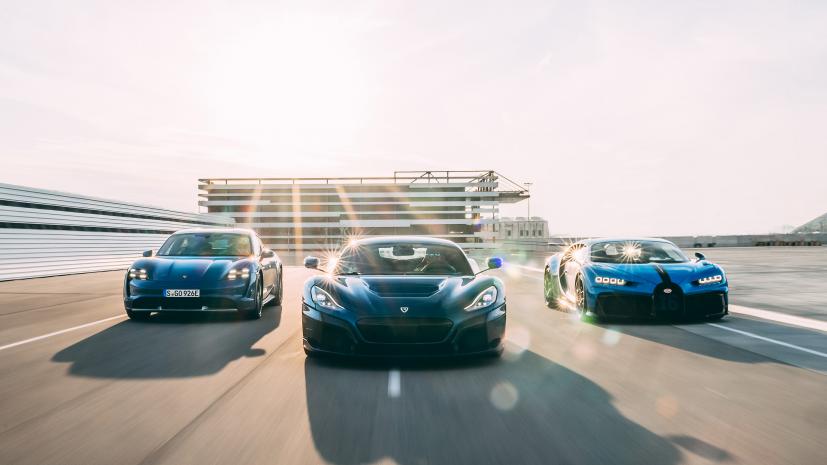
What happens in the shorter term?
While Mate Rimac beavers away in the background dreaming up his product plans, it’ll be business as usual for a bit. Rimac and Bugatti will both continue as separate brands, both will continue to produce the Nevera and Chiron respectively for the foreseeable future, both retain their existing factories and distribution networks.
This new Bugatti Rimac company will be tasked with developing the next generation of both Bugatti- and Rimac-badged vehicles by combining resources and expertise.
It will directly employ 430 people when it all kicks off at the end of 2021 – 300 at the new Bugatti Rimac headquarters in Zagreb (on the recently-announced €200m Rimac Campus, due to be finished in 2023, complete with its own test track) and 130 at the Bugatti HQ in Molsheim, France.
Now and in the future, Bugattis will be built in Molsheim, France, Rimacs will be made in Croatia.
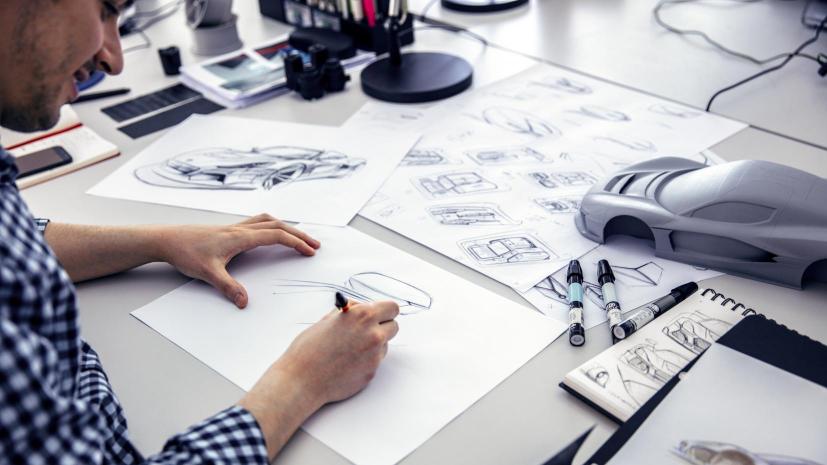
Won’t Bugattis and Rimacs eventually become too similar?
Mate Rimac makes an interesting analogy: “Bugatti is focused more on heritage, craftsmanship, details, quality. Rimac is focused more on technology, geeky stuff, data. It’s like having, in the same company, a very cool analogue Swiss watch with a combustion engine and an Apple Watch.”
Thing is, that works when Bugattis still have engines, but what about when they’re powered by batteries, not petrol? “If you look at the approach of the two brands, Rimac is fully focused on just performance, doing crazy things with four motors, connectivity, OTT updates, autonomous driving features etc. That’s a lot of cool stuff that, to be honest, Bugatti customers don’t care much about. They are more interested in beautiful leather, details, carbonfibre, craftsmanship, so it’s different positioning even if you remove the powertrain,” Mate explains.
“But we haven’t figured everything out yet. We’re starting out on this journey and we don’t want to artificially separate the brands. If they are naturally converging then they might need to converge at some point, but I believe - looking at it today - that there is enough differentiation between the two.”
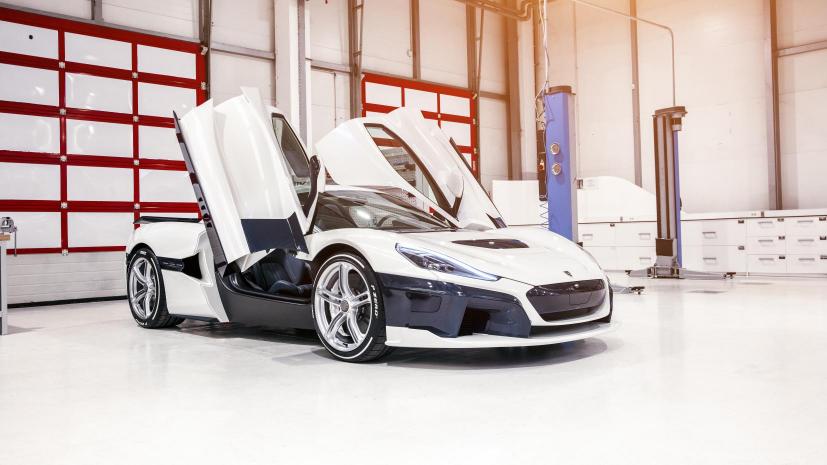
What is the deal worth?
Hard to say when no money has changed hands, but what we do know is it’s not as simple as Rimac buying Bugatti. A newly formed Rimac Group (37% owned by Mate Rimac, 24% by Porsche, 12% Hyundai Motor Group and 27% other investors) is the umbrella company for both Bugatti Rimac (55% owned by Rimac Group and 45% by Porsche) and Rimac Technology (100% owned by the Rimac Group). Rimac Technology therefore remains a fully independent company that will continue to work with a who’s who of global car companies on EV powertrains, batteries and components.
As you’ve probably spotted, Porsche is the lynchpin to this whole enterprise, because really this is a joint venture between Rimac and Porsche. In return for its 45 per cent stake in the new Bugatti Rimac company (on top of the 24 per cent stake it already has in Rimac) Porsche takes ownership of Bugatti from the VW Group and brings it into the joint venture. Porsche calls itself a financial and strategic partner in the deal.
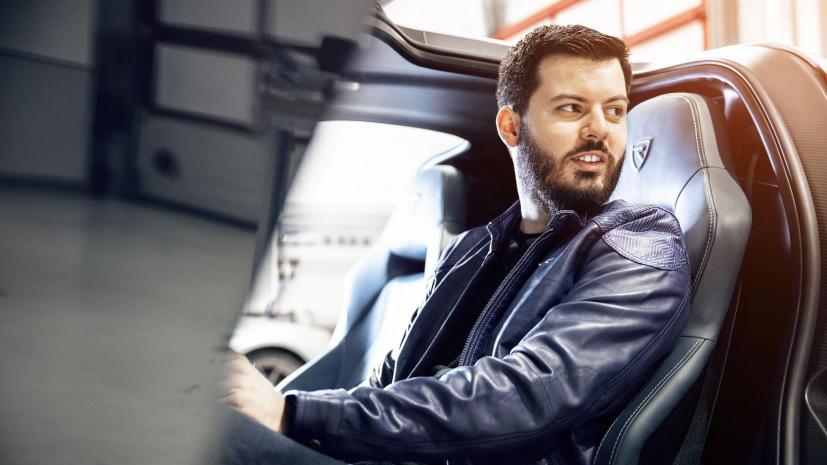
Who's calling the shots?
Mate Rimac: a 33-year-old man who only founded Rimac Automobili in 2009, only hired his first employees in 2011, and now finds himself the CEO of the Rimac Group and running both Bugatti Rimac and Rimac Technology. Busy boy.
Over to Mate: “This is a truly exciting moment in the short, yet rapidly expanding history of Rimac Automobili. We have gone through so much in such a short space of time, but this new venture takes things to a completely new level.”
You’re telling us. In an online Q&A session Mate – flanked by Porsche CEO Oliver Blume and Porsche CFO Lutz Meschke – had the energy and joy of someone who couldn’t quite believe he’d been handed the keys to the grandest automotive marque in the universe. And why wouldn’t he? The rise of Rimac is a story for the ages. Let’s pray the corporate demands don’t bog him down.
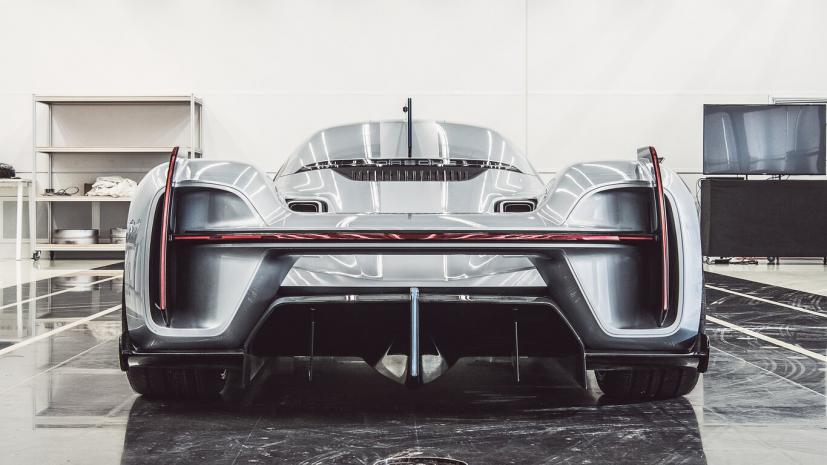
What about a Porsche hypercar coming out of this?
Possibly, definitely not a no. Porsche CEO, Oliver Blume, said this: “We haven’t decided yet what type of supercar we will develop and when we will develop it, so it’s too early to talk about.
“But what is clear is Porsche has always developed supercars and hypercars in the past, and we will continue. It might be an option to cooperate with the new joint venture, but we haven’t decided yet.” Cagey.
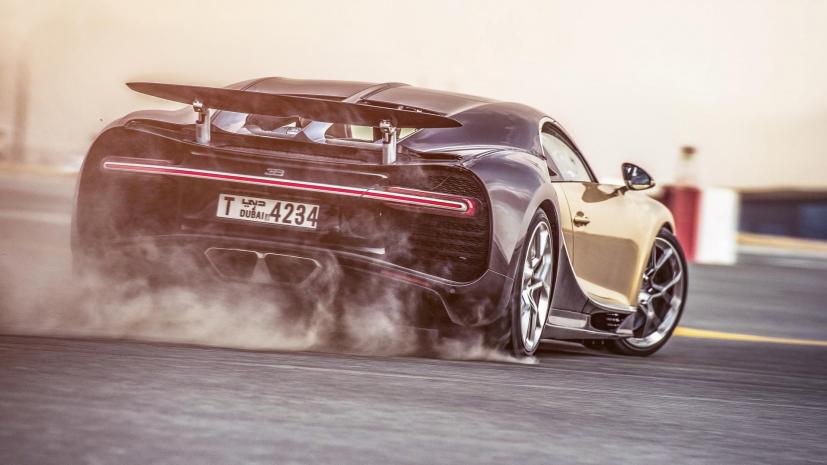
Why did the VW Group want rid of Bugatti?
Essentially it’s some canny manoeuvring of its chips. By offloading an R&D-heavy, financially draining business like Bugatti it can focus on its more lucrative mass-production brands, and the full-scale transition to electric cars… but without losing Bugatti entirely and sharing in its future profits through Porsche.
Meanwhile Porsche is positioned perfectly to benefit from Rimac’s electric know-how and let that technology trickle down to other VW Group companies like Audi and Lamborghini, where appropriate.
Mate Rimac sums it up succinctly: “You can see that the direction for the VW Group is very clearly electrification. They’re going all in and that requires lots of management focus. It makes sense to simplify and remove some distraction for a €250bn company, which the VW Group is.”
Porsche CFO Lutz Meschke makes another excellent point. That Bugatti developing an entirely new electric hypercar on its own to the standards its buyers expect is… tricky. “The mid-term future for Bugatti has to be electric and for a small brand to develop a completely new car on their own is almost impossible. For me, this is the only way to develop Bugatti to a profitable future.”
STORY Jack Rix






